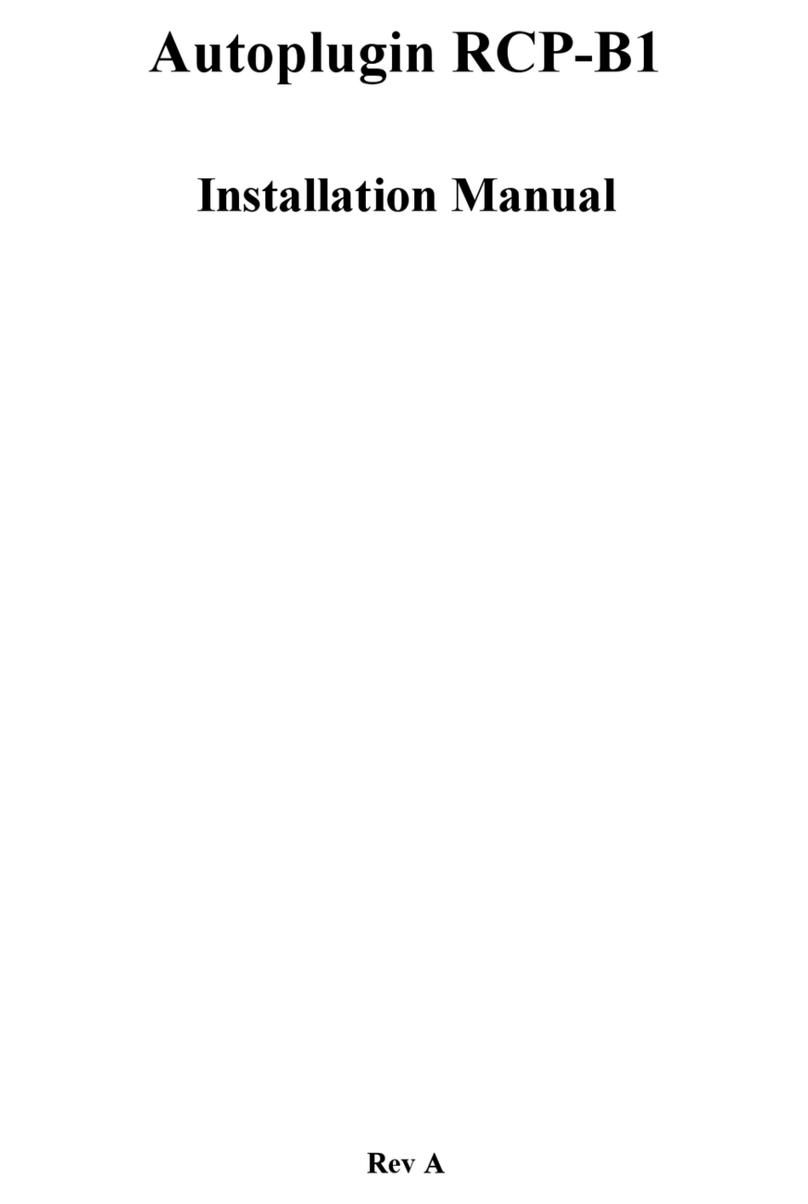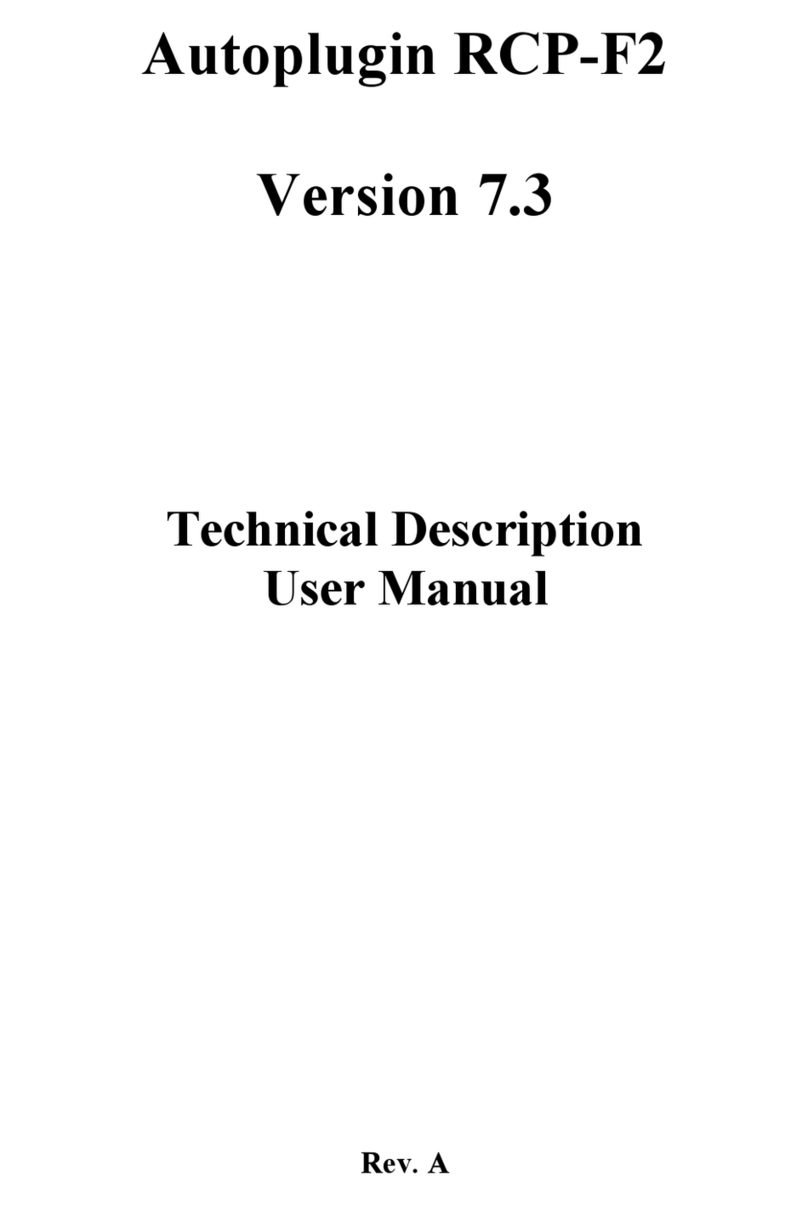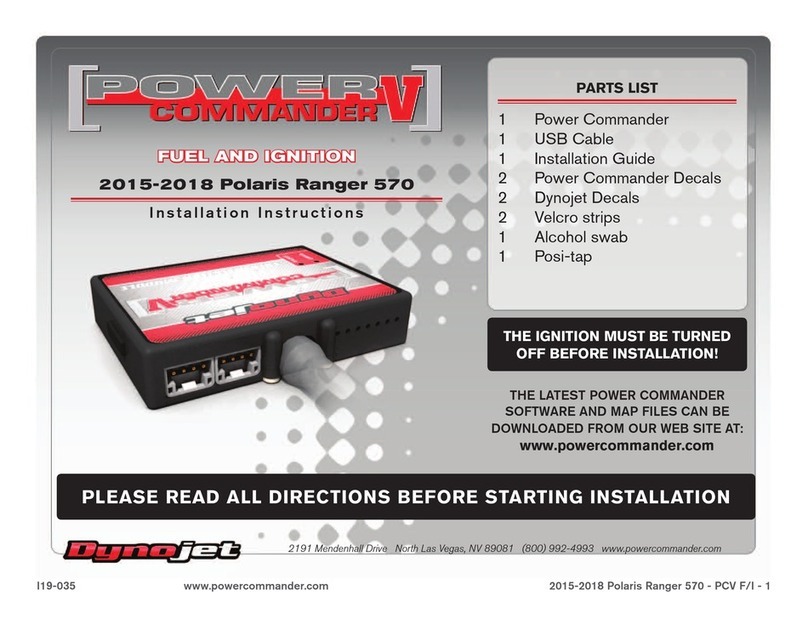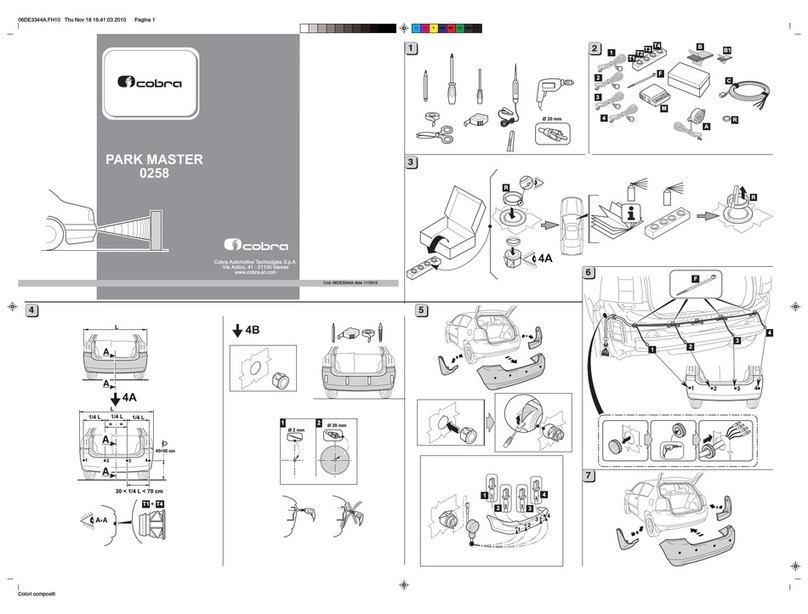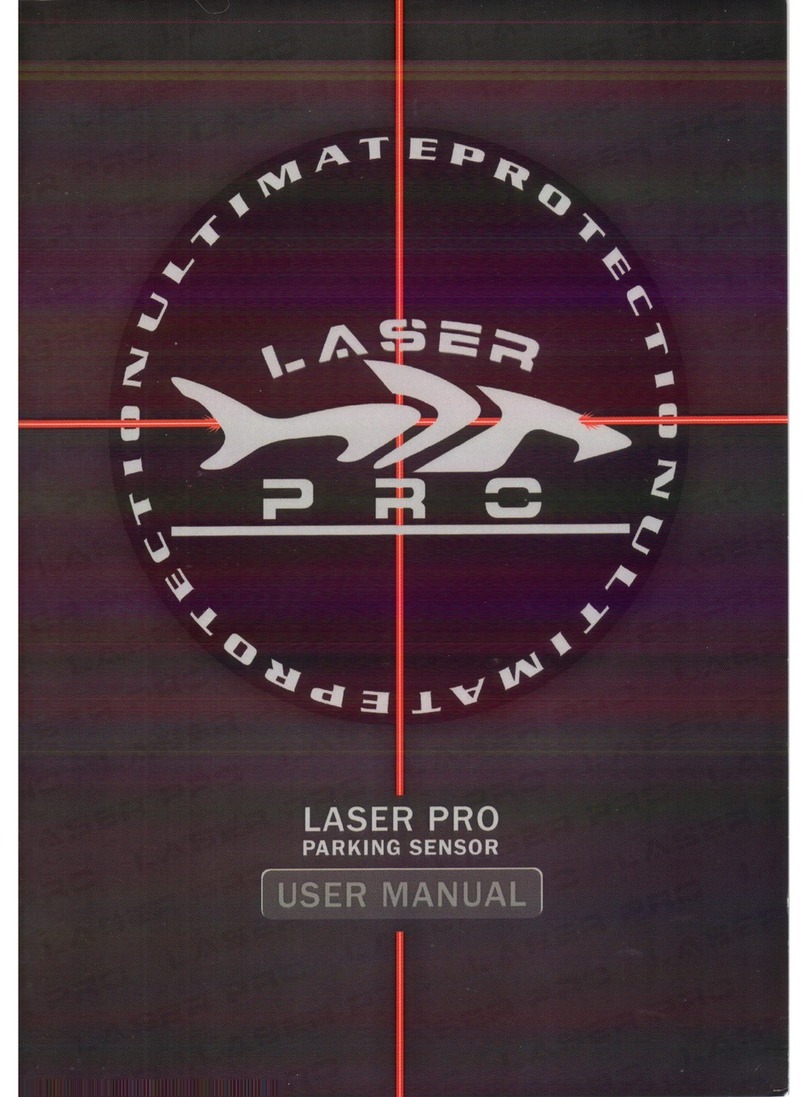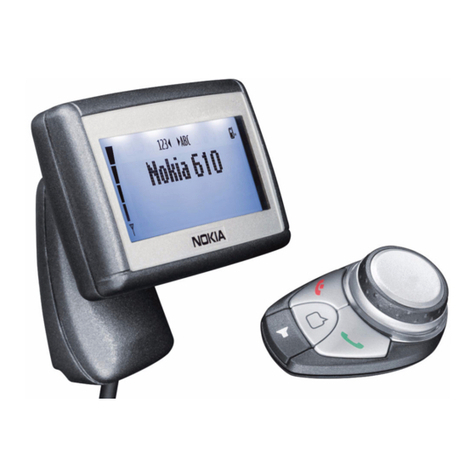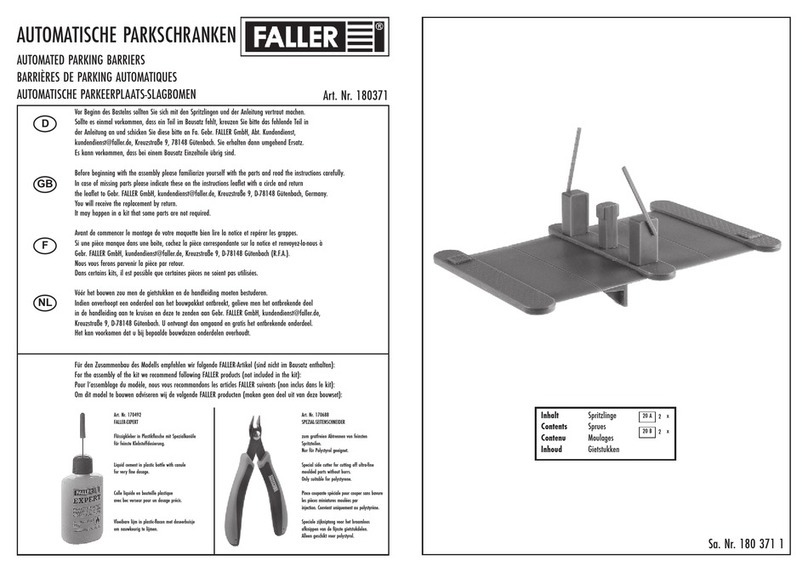Autoplugin Therminal V2 User manual

Autoplugin Therminal V2
Version 7.5
Technical Description
Installation Manual
Rev. A

2
Table of Contents
1. Kit Description……………..…………………………………………..
2
2. Possibilities……..………………………………………………………
2
3. Package Content………………………………………………………..
2
4. Basic Functions…………………………………………………………
3
5. Connection………………………………………………………………
3
6. Plug-n-Play Connection……………………………………………….
4
7. Permanent Connection………………………………………………...
5
8. Additional Functions of RCP Can-V2………………………………….
9. Troubleshooting…………………………………………………………
6
10. Glossary………………………………………………………………
9
12
Kit Description
The Autoplugin GSM Kit-V2 is intended for remote control of the fuel-fired
heater (parking heater, fuel operated heater, pre-heater), which was factory
installed on Volvo S60 (2011-), V70 (2007-), XC70 (2007-) or XC60 (2010-). The
kit consist of GSM module and RCP Can-V2 module. GSM module receives
commands from user’s phone or smartphone and sends them to the RCP module,
which controls the heater via CAN-bus.
Possibilities
·Start and stop of the heater by SMS or via specialized application
Therminal from Android (4.1 and higher) based smartphone
·Feedback about heater’s startup, stop and errors by SMS/ in Therminal
·Embedded remote control of the heater by the original Volvo vehicle key
·Main battery protection from discharging by inspection of the voltage
level and time of autonomous work of the heater
·Plug-n-play or permanent connection
Package Content
1. GSM module
2. RCP Can-V2 module, special version (0106-1115)
3. Interconnection cable
4. Permanent connection cable
5. Plug-n-play cable

3
6. Technical Description and Installation Manual brochure
7. User Manual brochure
Basic Functions
1. Refer to the User Manual control the heater from mobile phone or
smartphone.
2. RCP Can give a possibility of the remote control of the heater by the original
Volvo key. To start the heater, press “Lamp” button on the key to turn the
perimeter lighting on. Then press “Lock” button twice within 30 seconds,
while lighting is on. Every “Lock” button press on the key will be confirmed
by the turn signals. Also it is possible to adjust the module so, that it will
flash 3 times by the turn signals in the rear-view mirrors, when keypress
combination is received (6.2 setting).
3. To stop the heater by the original Volvo key, twice turn on and then off the
perimeter lighting by the “Lamp” button, when the heater operates. The
intervals between “Lamp” button presses should not exceed 20 seconds.
4. You can remotely cancel the start of the heater by a DIS timer: send the stop
command by remote control for the idle heater. DIS timers will be
temporary disabled. Start the heater by any way or turn the ignition on will
enable DIS timers again.
5. An additional button may be connected to the module. The button is used for
immediate start or stop of the heater. Button press changes a heater
condition to another one: switches off the operated heater or switches on the
idle heater.
Connection
RCP module needs that 2 timers and direct start / stop function for the heater
control are present in DIS. Therefore it may be necessary to load software to DIS
by Volvo dealer equipment before make connection of kit.
GSM module is supplied without SIM card inside. The customer should buy a SIM
card with subscription to services of local GSM provider. Make some operations
with SIM before installation to the GSM module:
1. Insert SIM to a phone or smartphone and disable PIN code acquire
2. Send test SMS to another phone or smartphone and check that it successfully
received
It is recommended to select tariffs with non-expensive SMS traffic. Combine
phone account with GSM module account if possible.

4
Open the case of GSM-module to install SIM card, as shown at the picture 1. Use
screwdriver from package to remove screws.
Figure 1
Plug-n-Play Connection
This type of connection uses OBD-II service connector. It placed at the left lowest
point of the dashboard. Open the case of service connector (if applicable). Take
interconnection cable and connect RCP and GSM modules together. Only
highlighted at the figure 2 connectors are used. Take Plug-n-Play cable and
connect it to interconnection cable. Find a place inside the dashboard for modules.
RCP and GSM modules can be joined to the packet using double-sided adhesive
tape (see fig. 2). Secure packet of modules inside the dashboard with straps. If
modules are placed separately, RCP module can be fixed with adhesive tape, and
GSM module can be fixed with straps. Pay attention that internal antenna of GSM
module (marked by dashes at figire 2) doesn’t stay close to metal parts of the

5
dashboard. Shorten Plug-n-Play cable by straps and fix all the cables of kit to the
dashboard. Finally connect Plug-n-Play cable to the OBD-II service connector.
Figure 2
Permanent connection
Autoplugin GSM kit is recommended to be installed permanently in the cargo area.
Detach the upholstery on left-hand side of cargo area, where fuse box is located.
Take interconnection cable and connect RCP and GSM modules together. Only
highlighted at the figure 2 connectors are used. Take permanent connection cable
and connect it to interconnection cable.
Find a place for modules behind the upholstery. RCP and GSM modules can be
joined to the packet using double-sided adhesive tape (see fig. 2). Secure packet of
modules inside the dashboard with straps. If modules are placed separately, RCP
module can be fixed with adhesive tape, and GSM module can be fixed with
straps. Pay attention that internal antenna of GSM module (marked by dashes at
figire 2) doesn’t stay close to metal parts of the dashboard. Connect LED to the
GSM module (instead of connector with single blue wire of permanent connection
cable) and fix it at the place where it will be visible this detached upholstery.
Shorten wires of permanent connection cable by place, as required. Temporary
unplug permanent connection cable from interconnection cable. Connect free ends
of permanent connection cable to the car’s wiring in accordance with table 1 and
figure 3. Use quick splice connectors for wires connection.
Plug-in permanent connection cable to interconnection cable again. Fix cables to
the car’s wiring by the straps.
Attach the upholstery back to its place.

6
Additional Functions of RCP Can-V2
By default RCP Can is adjusted to execute basic functions, such as start and stop of
the heater by the Volvo key or by additional button. To turn on additional
functions (ex. battery monitoring) you may enter the module into programming
mode and activate the corresponding setting.
The left-side steering wheel lever and the brake pedal are used to enter
programming mode and to the settings change. It is necessary to stop the engine
and the heater before. Turn the ignition on, press and hold the brake pedal. Twist
the lever’s ring some steps to turn off the left display in DIS. Then press and hold
“Read” button at least for 5 seconds, while built-in LED is flashing once a second.
Both turn signal repeaters in DIS will flash twice as a confirmation of entering
programming mode. Release the brake pedal and “Read” button now.
Each setting in the table 3 corresponds to the 3-digit code. You need to enter
appropriate code to activate a setting. To enter a digit of a code, shortly press
“Reset” button on the lever so much times, as corresponds to a digit. Each button
press will be confirmed by the LED flashing and by a turn signal repeater of DIS:
the left turn to the first and the third digits of code, the right turn to the second digit
of code. To confirm a digit entering, press and release “Read” button (DIS will
flash one time by the both repeaters simultaneously). After the third digit will be
entered, module will check the code for validity and confirm it by repeaters: flash
twice by the both repeaters simultaneously in the case of valid code, flash twice by
the both repeaters alternately in the case of invalid code.
If you made a mistake with the number of button presses when you enter the code,
press and release “Read” button until the module will indicate an error by
repeaters. Enter the code again in that case. Also you may enter other codes
without exit of programming mode.
Turn the ignition off to exit programming mode. New settings will be saved in the
module’s memory and will be stored there regardless of whether the module is
connected or not. Attention: If you start the engine without exit of programming
mode, new settings will not be saved in memory.
To reset the module to factory settings, enter the code 8.1.1. Both repeaters will
flash three times to confirm command execution, and then the module will exit of
programming mode and will restart.
Settings Table (3)
Settings
Group
Setting
Possible Values
1.
Heater
Timing
1.1. Limitation of
heater’s total
operational time, in
pre-heat mode
1.1.1 Not adjusted
1.1.2 40 minutes
1.1.3 50 minutes
1.1.4 60 minutes
1.1.5 *70 minutes
1.1.6 80 minutes
1.1.7 90 minutes

7
1.1.8 100 minutes
1.1.9 120 minutes
1.2. Limitation of the
heater’s cycle
operational time, in
pre-heat mode
1.2.1 10 minutes
1.2.2 15 minutes
1.2.3 20 minutes
1.2.4 25 minutes
1.2.5 30 minutes
1.2.6 40 minutes
1.2.7 50 minutes
1.2.8 60 minutes
1.2.9 *70 minutes
2.
Heater
Control by
Volvo Key
2.1. “Lock” and
“Lamp” button’s
functions for the
heater control
2.1.1 *”Lock” button to the heater startup,
yellow button to the heater stop
2.1.2 “Lamp” button to the heater startup,
“Lock” button to the heater stop
2.2. Number of
sequential turning on
and then turning off
the perimeter lighting
by “Lamp” button for
the heater control
2.2.1 Heater control by “Lamp” button
disabled
2.2.2 *Two times
2.2.3 Three times
2.2.4 Four times
2.3. Number of
sequential “Lock”
button presses for the
heater control (with
the perimeter lighting
turned on)
2.3.1 Heater control by “Lock” button
disabled
2.3.2 *Two presses
2.3.3 Three presses
2.3.4 Four presses
3.
Battery
Monitoring
3.1.
Minimal voltage to let
the heater start in pre-
heat mode
3.1.1 * Not adjusted
3.1.2 11.8V
3.1.3 11.8V
3.1.4 11.9V
3.1.5 12.0V
3.1.6 12.1V
3.1.7 12.2V
3.1.8 12.3V
3.1.9 12.4V
3.2.
Minimal voltage to
keep operating the
heater for pre-heat
mode
2
3.2.1 * Not adjusted
3.2.2 11.4V
3.2.3 11.5V
3.2.4 11.6V
3.2.5 11.7V
3.2.6 11.8V
3.2.7 11.9V
3.2.8 12.0V

8
6.
Indication of
the heater
status by the
perimeter
lighting and
by the turn
signals in the
rear-view
mirrors
6.1. Indication of
heater startup
6.1.1 *Off (only switching off the lighting)
6.1.2 Switch the lighting on for
1
sec
6.1.3 Switch the lighting on for 2 sec
6.1.4 Switch the lighting on for 3 sec
6.1.5 Switch the lighting on for 5 sec
6.1.6 Switch the lighting on for 7 sec
6.1.7 Switch the lighting on for 10 sec
6.2. Indication of
command reception
from remote control
6.2.1 Off
6.2.2 *Three flashes
6.3. Indication of
operated heater,
started by remote
control
6.3.1 *Off
6.3.2 On
6.4. Indication of
operated heater,
started by DIS (direct
or program start)
6.4.1 *Off
6.4.2 On
6.5. Indication of
operated heater,
started by additional
button
6.5.1 *Off
6.5.2 On
6.7. Flashing
frequency for the
indication of heater
autonomous operation
6.7.1 One flash within 3 sec
6.7.2 One flash within 5 sec
6.7.3 *One flash within 10 sec
6.7.4 One flash within 15 sec
7.
Notifications
7.3. Send SMS
«ALARM Trunk or
Hood»
7.3.7 *In the case when the heater has not
started or shut down during operation (i.e.
error occurred with the heater)
7.3.8 Do not send
7.4. Send SMS
«ALARM Doors»
7.4.2 *In the case when the heater has
finished operation with no errors or when
the engine has been run during the heater
operation
7.4.8 Do not send
8.
Service
menu
8.1. Default Settings
8.1.1 Apply factory settings
* Factory setting
Recommended settings is marked in italics
1
–RCP will turn off the heater if the battery voltage becomes lower than preset

9
2
- Notifications are needed for the operation of Therminal application. If user sends
SMS manually, notifications can be turned off by the means of RCP settings 7.3.8
and 7.4.8, or via settings of GSM modem (see User Manual for details).
Troubleshooting
If a run-time error occurs with the heater, RCP Can will inform you by the built-in
and additional LEDs blinking about the error code. When Plug-n-Play cable is
used for connection, additional red LED is placed inside the housing of OBD-II
connector of Plug-n-Play cable and stays visible from the driver’s side.
The number of LED’s flashes corresponds to the error code. See table 4 for the
codes description and possible solutions.
Table 4
Error
Code
Error
Description
Possible Reasons of
Error Appearance
Solutions
1
Wrong heater
configuration
The heater is not
activated in DIS
Configure the heater by Volvo
car dealer equipment
Outer temperature is
upper than +15 Celsius
degrees
The heater works only with
temperatures below +15°C. It
is the heater manufacturer's
restriction
Fuel level in the tank is
close to empty (“Fuel
Low” warning indicator
is lighting in DIS)
Refuel your vehicle
The heater is blocked
after 3 unsuccessful
starts
Try to start the heater from
DIS menu. If it not started to
burn, make a diagnostics of
the heater.
3
Battery level
is low
The module has
determined that the
battery voltage at the
heater startup or during
the heater operation is
below the specified
settings 3.1 и 3.2
Charge vehicle’s battery with
special charger (or start engine
to charge) or cancel 3.1/3.2
module’s settings
4
Time limits
exceeded
Time limit for
autonomous operation of
the heater is achieved
(with active setting 1.1)
Run the engine or cancel 1.1
module’s setting

10
5
Unsuccessful
start
The heater was switched
off spontaneously at a
startup
Make a diagnostics of the
heater if the error is repeated
6
Operation
cycle too
short
The heater was switched
off spontaneously
Make a diagnostics of the
heater if the error is repeated
8
CAN-bus
error
There is a problem with
connection of the
module to the CAN-bus
Check for the module’s
connection
9
Settings error
Settings have been
incorrectly stored in
RCP memory
Reset the settings (8.1.1),
readjust RCP
11
Heater no
connection
The heater is unplugged
from CAN-bus or is out
of order
Make a diagnostics of the
heater
The outer bi-color (red/green) LED can be connected to the GSM-module to
control its status in the case of permanent connection. If Plug-n-Play cable is used
for connection, green status LED of GSM module is placed inside the housing of
OBD-II connector of Plug-n-Play cable and stays visible from the driver’s side.
Indication of GSM-module presented in the table 4.
Table 4. Indication of GSM module
Number
of flashes
in series
GSM module
condition
User actions required
1
No SIM access
1. Check for presence of SIM in GSM module
2. Check that SIM installed correctly
3. Install SIM into a phone and disable PIN
request
2
No service
1. Check balance of GSM module
2. Check that GSM module is available in GSM
network: make a call to the number of GSM
module and wait for “busy” signal
3
GSM module
is not
initialized
Refer to the User Manual
4
Ready
Not required

11
Glossary
CAN - Control Area Network (digital network for data transfer in vehicles)
DIS - Driver Information System of the instrument cluster
GSM – Global System for Mobile
GPRS – General packet radio service, packet oriented mobile data service
LED - Light Emission Diode
RCP - Remote Control Plug-in (electronic module for the heater remote control)
SIM – Subscriber Identification Module
SMS – Short Message Service

12
© Autoplugin ES www.autoplugin.ru
This manual suits for next models
1
Table of contents
Other Autoplugin Automobile Electronic manuals
Popular Automobile Electronic manuals by other brands

Peripheral Electronics
Peripheral Electronics PGHHY2 owner's manual
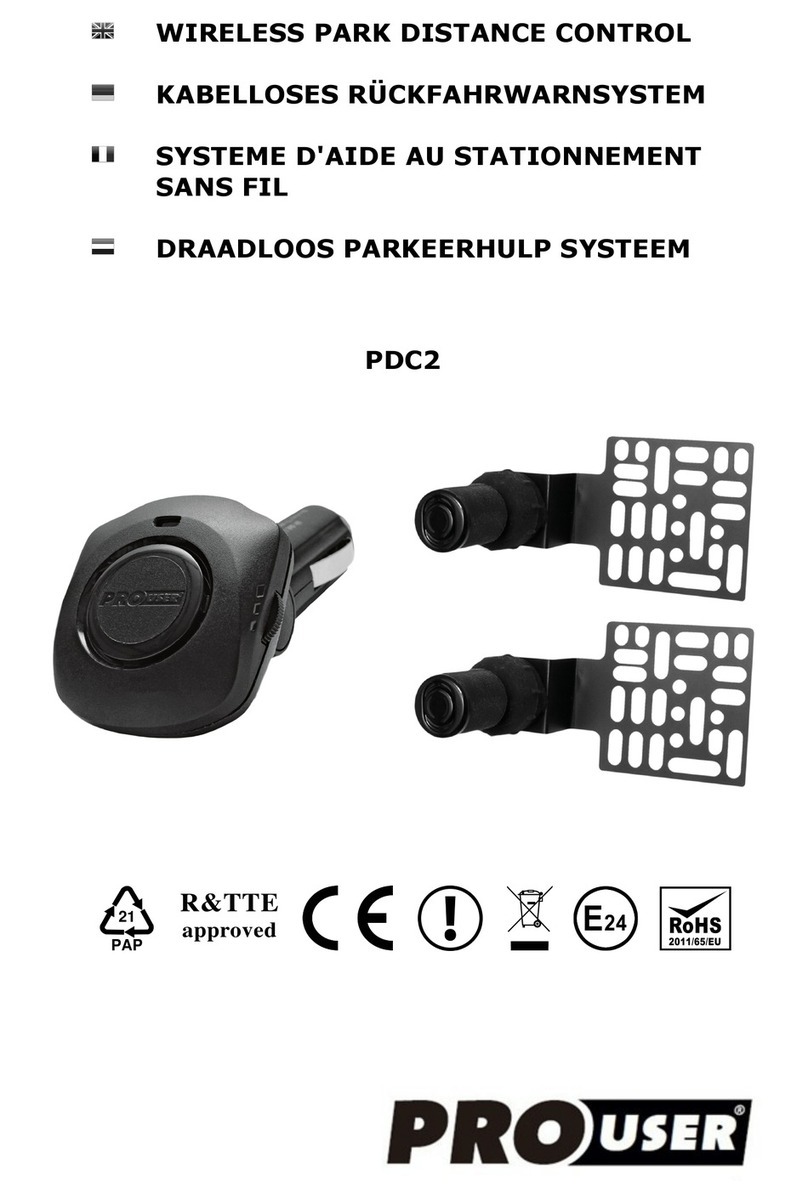
pro user
pro user PDC2 instruction manual

Chrysler
Chrysler MOPAR 82213929 Installation instruction
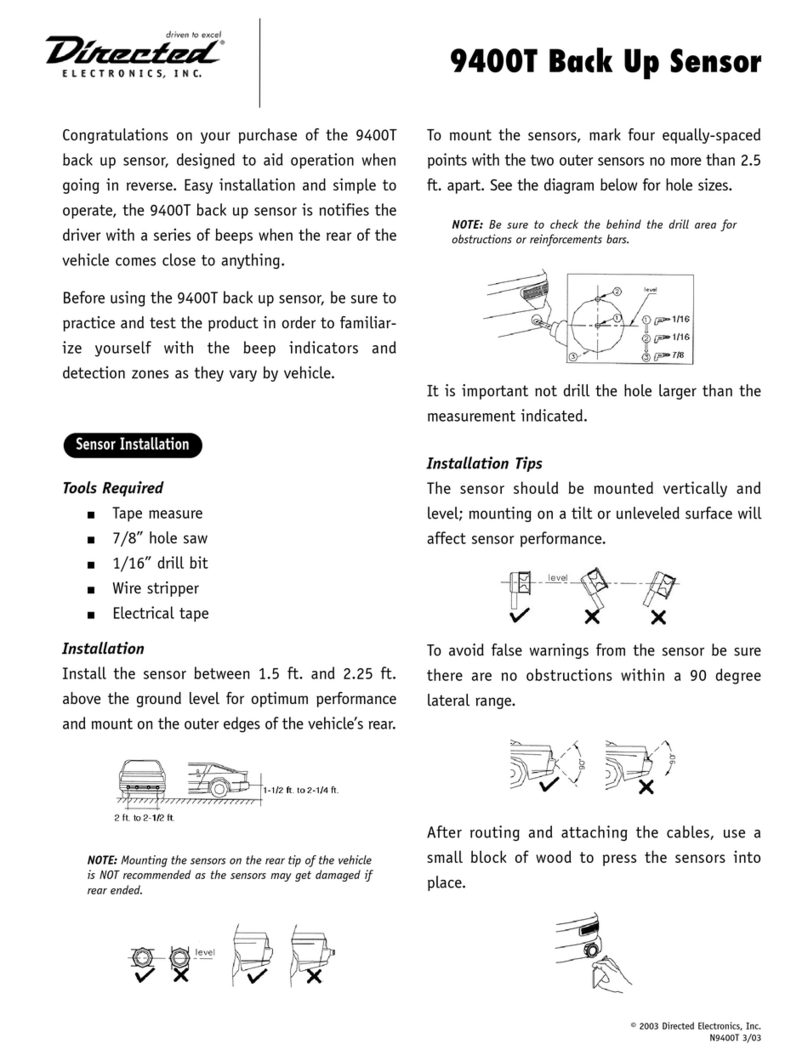
Directed Electronics
Directed Electronics 9400T user manual

Ackton
Ackton Precision Park P5000 Series owner's manual
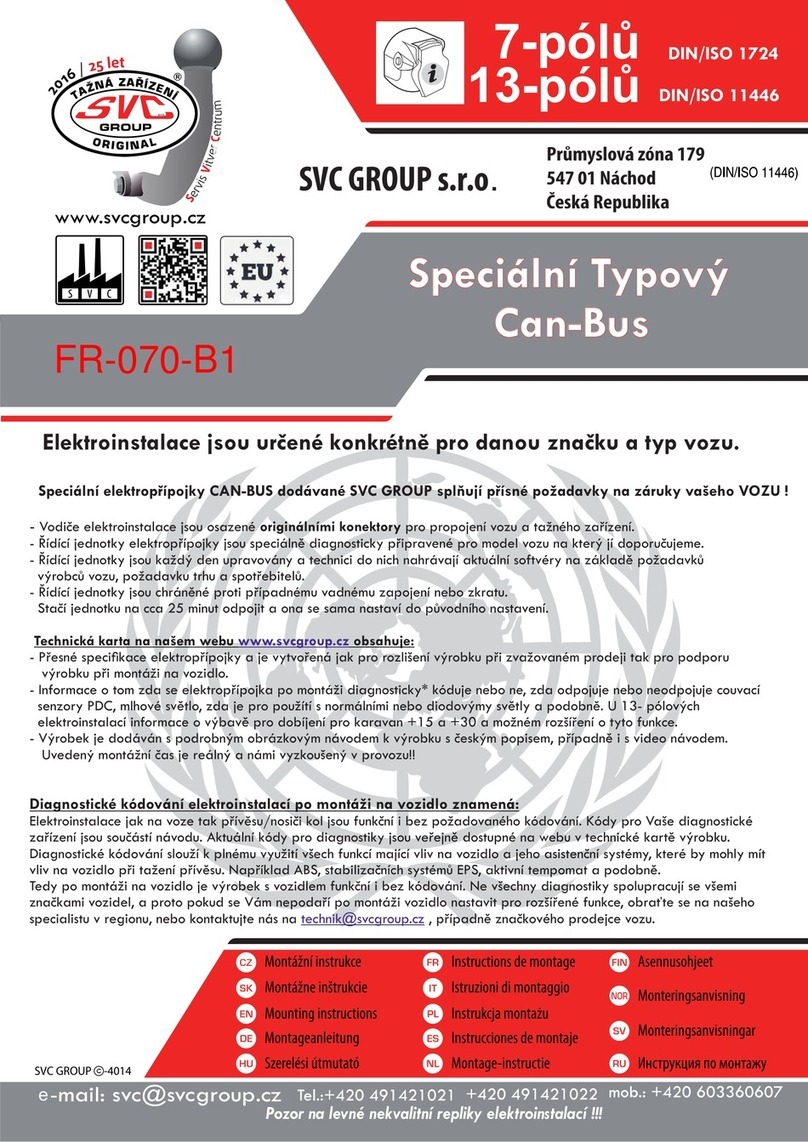
SVC GROUP
SVC GROUP FR-070-B1 Fitting instructions
